A Culinary Melting Pot
One of the best things about South African food (aside from being incredibly delicious!) comes from the cultural diversity among the people of South Africa. As you can imagine, it’s a cuisine that’s impossible to categorize. Unless “a little bit of everything” can be its own category?

South Africa is comprised of nine provinces, all with their own unique culinary traditions. Eating your way through the various regions is sure to be a memorable experience, combining traditional indigenous cooking with influences from as far north as The Netherlands, Scandinavia and Great Britain to as far east as Indonesia. You will not get bored with food here, and investigating the origins and influences of provincial specialties is a good enough reason to visit in itself. There’s a lot to taste here friends, so you better come hungry! And not to worry- with all of the adventurous outdoor activities South Africa has to offer, you’ll be able to justify every bite.
Traditional Dishes
The diet of South Africans tends to rely heavily on meat, and with deep roots coming from tribal cooking, this means that no part of an animal goes to waste. You’re likely to see some new and interesting ways of using animal parts that might include intestines, tripe, and sheep head. That being said, it’s still very easy to find vegetable based dishes too, a tradition which is particularly strong in the rural townships. Meat in those areas was primarily reserved for special occasions, so grains, veggies, roots and berries are all still common in the form of porridges and stews. Bread is also common throughout traditional cuisine, most iconically “pot brood”, which is bread baked in a round cast iron pot. This bread is a welcome staple of trekking and camping trips. What’s better than fresh, warm bread after you’ve been roughing it all day? Well, maybe a shower. But pot brood is a very close second.
Starting in the Western Cape, the southernmost tip of the country, let’s dive into the complex beauty of Cape Malay cuisine. This is a style of food you’re unlikely to find outside of the region. It’s a unique melding together of influences from the people of Southwestern Africa, specifically the Cape Town area, and Malaysian and East Asian foods. Cape Malay food is all about strong, bold flavours. Think of stews and curries, fragrant with cinnamon, saffron, tamarind, and a bit of chile for a kick. The first must-try on your list has to be “bobotie”, considered by many to be the unofficial national specialty. This is a casserole type dish of minced meat, curry and various spices with the added sweetness of dried fruit. The dish is topped off with a thick layer of egg and milk before being baked. In this region, you’ll find that dried fruits are very popular in the form of chutney and jam. A great place to try bobotie is local hotspot Biesmiellah in the picturesque Bo-Kaap neighbourhood of Cape Town. It’s a no-frills, brightly decorated restaurant that’s been a favourite for over 40 years, serving authentic Cape Malay dishes. A thing to know about eating out here: most traditional restaurants in town are halaal and don’t serve alcohol, so you won’t be having beer with your meal. That means you should definitely splurge on dessert, and that dessert should be the “koeksisters”. It’s like an oblong donut hole, but with more complexity. Bet you can’t eat just one! If you really only ate one and still have room for that beer, there are plenty of craft breweries you can mosey on over to. So keep reading, we’ll get to that.
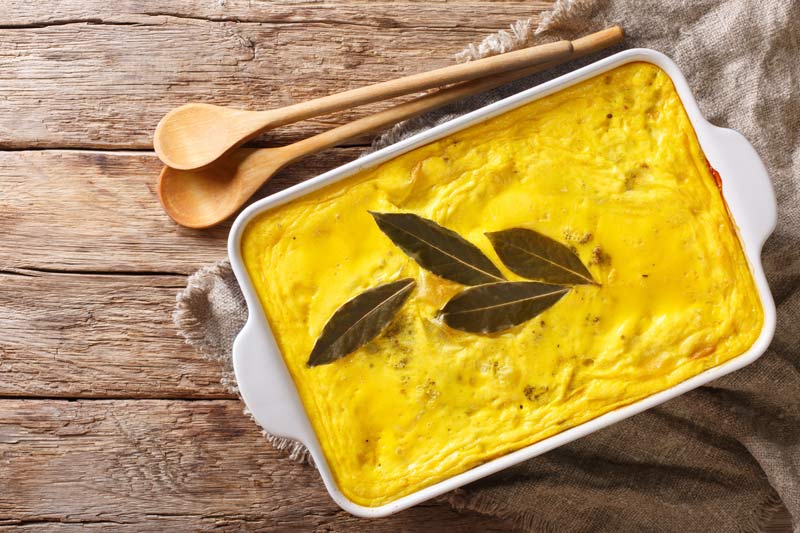
How about a “walkie-talkie”? While it might seem strange to see this on a menu, don’t expect to be served a clunky communication device on a plate. It’s actually a slang term for fried chicken feet. Yep, that would be crispy, savoury, crunchy, three-pronged chicken feet, sprinkled with herbs and spices and deep fried to perfection. So go on, try it. Everyone’s doing it. Yes, you can have some dipping sauce.
Heritage Food
There has been a strong effort among South Africans to revive many of the ancient cooking traditions at risk of being lost to history. These are referred to as Heritage Foods, and include “chakalaka”, a spicy vegetable relish, and “boerewors”, a type of sausage commonly washed down with South African beer. If you plan it right, aim to have your visit overlap with the annual Heritage Day celebration, held on September 24th. This national holiday is relatively new, established in 1995 in an effort to encourage the diverse nation to celebrate together by honouring all of the cultural traditions that make up South Africa as a whole. Across the nation, you’ll find opportunities to meet locals, try traditional foods, and enjoy music, dance and other activities that shape the unique make-up of the country.
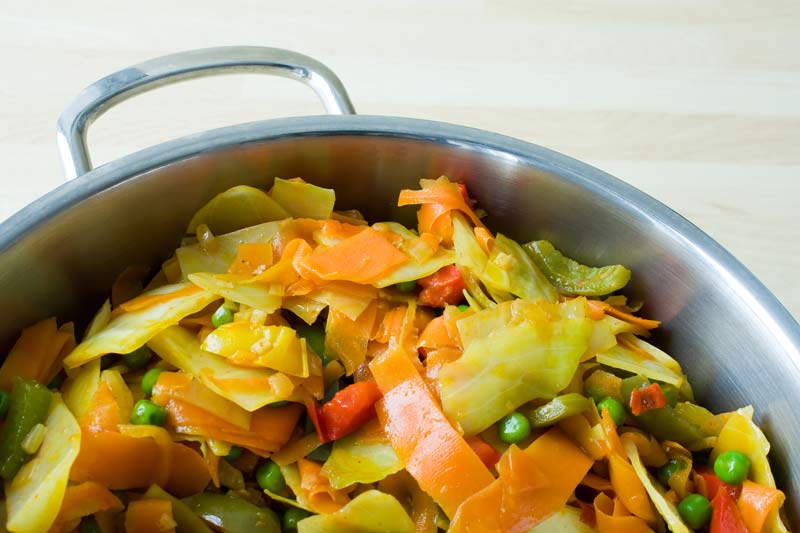
The Real Braai
For a really authentic cultural shin-dig, make your way to a braai! This is the Afrikaans word for barbeque, and grilling meat on a hot fire is a much loved tradition that all South Africans share. Well, the meat eating ones…
There are a few things to know if you want to distinguish between a simple (dare I say inferior?) barbeque and an authentic braai. The first and most important difference is how the heat is generated. Is that a gas powered grill? Swipe left on that party because it is NOT a braai. To be the real thing, you’ve got to cook with fire generated from either wood or hot coals. Cooking over an open wood fire is the most common method because it makes it easier to abide by rule number two: the fire needs to burn throughout the evening, continuing long after the food has been cooked. Further symbols of authenticity include having only one designated “braaier”, or person operating the grill, and ending with an obligatory round of “braaibroodjies”, which comprises of white bread with cheese, onion and tomatoes, for late night snacking. Post meal time, the warm fire becomes a mechanism for gathering, surrounded by chairs, people, conversation, and more than a few bottles of fine South African brew. So, now seems like the right time to talk about beverages!
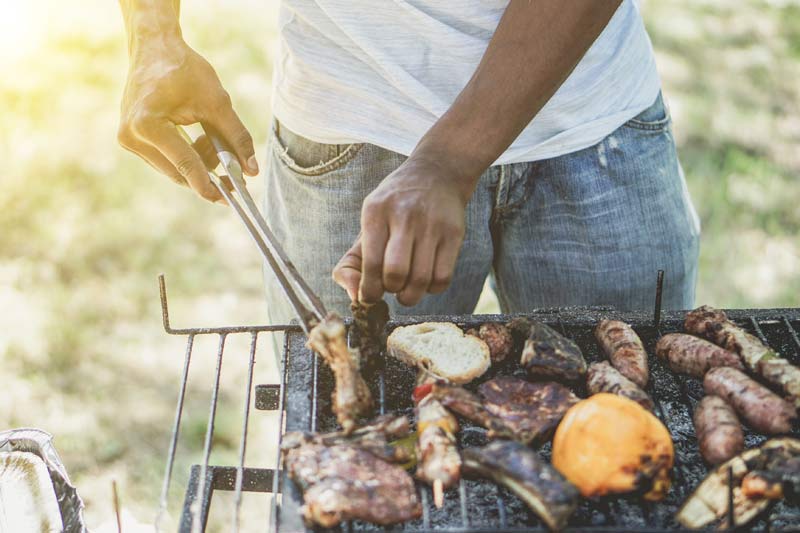
What to Drink
When it comes to variety in a glass, South Africa will have you wishing you had more hands! Whether its craft beer, fiery spirits, or wine you’re after, it’s a good idea to arrive thirsty.
First, let’s talk about a few of the main staples you’ll likely encounter. “Witbits” literally translates to “white lightening”, and lightning it is. If you’ve had any experience in the past with the American fire-water commonly known as moonshine (and you retain any memory of it), well, this is basically that. Try it, but tread lightly. For something a bit more tame, ask for an Amarula. This is a rich, creamy liqueur, kind of like Bailey’s. It’s nice on the rocks or used as a coffee creamer. You’ll also come across Mampoer, especially in the northern regions. It stands out because the bottles are usually wrapped in a single thread of barbed wire. It’s up to you whether you see that as a warning or a challenge.
For wine lovers, you’ll be very satisfied meandering along the R62, the longest wine route in the world. This road connects the east and west of the country, so it’s a great way to taste your way through some delicious varietals (pinotage, chenin blanc, and cabernet, among others) and enjoy the stunning scenery. This is a great option for a campervan trip, stretching anywhere from 3-10 days, and it’s far less busy than some of the more popular tourist routes. If you’re traveling along this road, be sure one of your stops includes the illustrious and funky Ronnies bar. Just trust us on that one and thank us later.
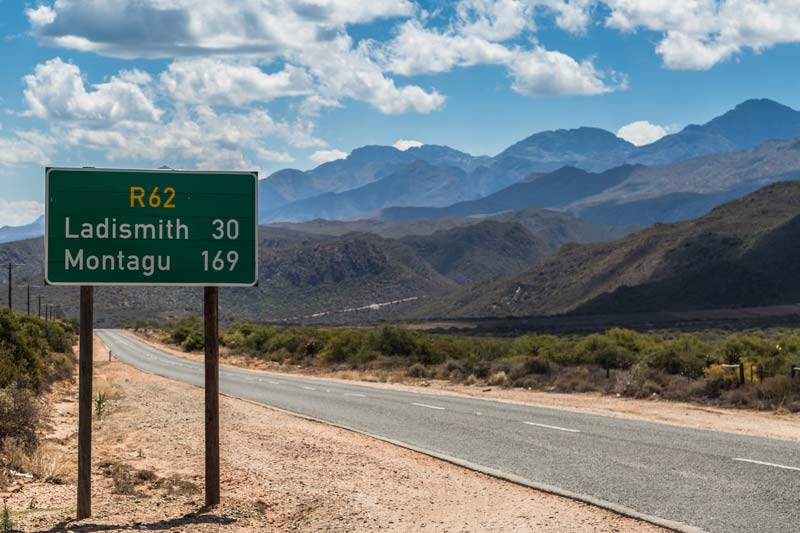
And last but not least, a favourite among South Africans, that bubbly fermented beauty we call beer. South Africans love it so much that a beer belly is often a thing to be proud of! The big name brand here is Castle Lager, made by SAB (South African Beers). This is the second largest brewery in the world, so you’ll see it frequently. Both because of and in spite of its ubiquity, there has been an exciting recent upsurge in microbreweries, especially in Cape Town. Look for beers made by Black Horse, Gilroy’s, Sabie, or Porcupine Quills breweries. “Unqombothi” is the most traditional type of beer you can find, and it holds great historical and spiritual importance. Made over a period of 3-5 days using sorghum and maize, this cloudy beverage has less alcohol content than regular beer, and it happens to be packed with nutrients. You can find it commercially under the Chimbuku brand name.
Hip Hangouts
If you’re looking for the new & cool in South Africa, there’s plenty to keep you busy. Nothing will make your Instagram followers more envious than when you post a few fabulous foodie images from your visit to Wolfgat in the Western Cape, officially the “Best Restaurant in the World” in 2019. Book early to take in the scenic coastal views from one of only 20 seats in this “hook to table” seafood focused dining phenomenon. In Cape Town, check out a place called Yard. Well, it’s actually several places under one name. If your parents often threatened to wash your mouth out with soap, this just might be the place for you. Expect naughty words scribbled in unexpected places, and some intentionally feisty service. But it’s all in good fun, with a lively and diverse atmosphere, giant burgers, creative cocktails, it’s a spicy option for some quality nightlife.
Street food markets are the best way to sample a lot of food under one roof. In Cape Town, head to the V&A Market for snacks in a fun & funky social atmosphere. Here you’ll find a cornucopia of modern and traditional foods, coffee shops, bars, tea shops, ice cream, and more. They have live music every weekend and during public holidays. Like a microcosm of South Africa itself, you’ll find a little bit of everything here, with delicious food influences coming from all corners of the world.
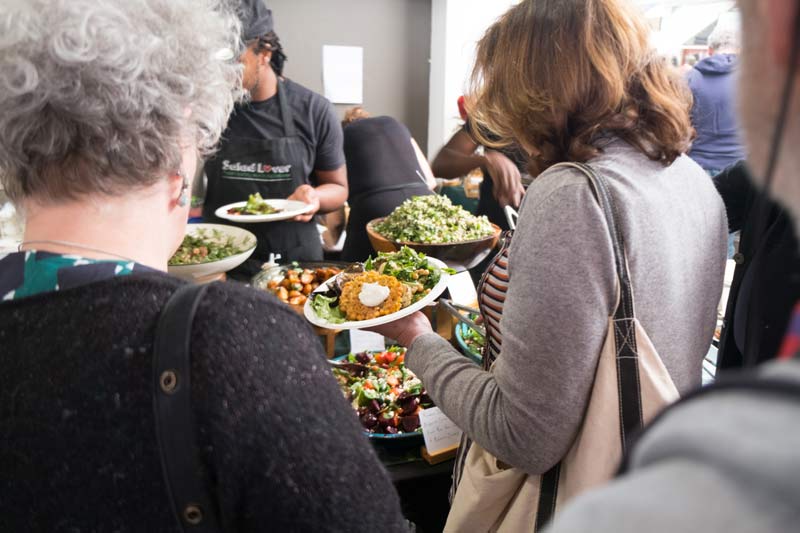 Back
Back